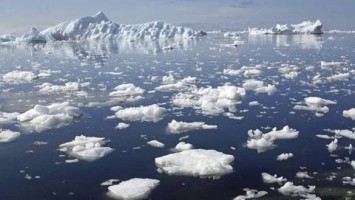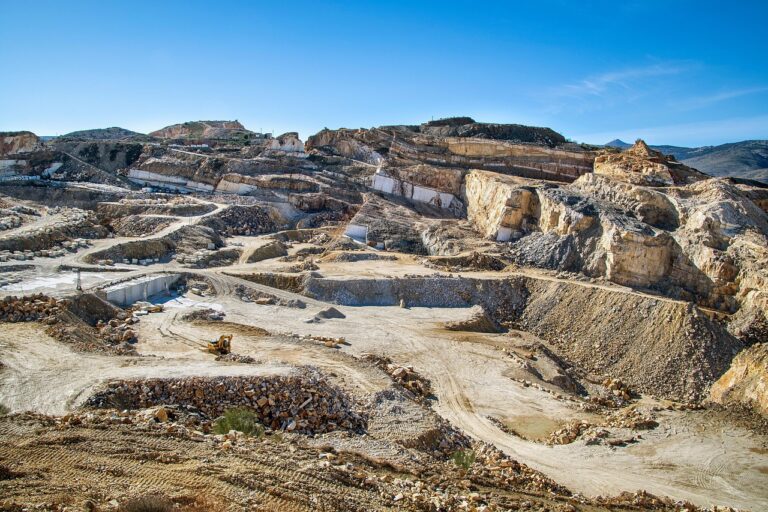
Arctic Sea
[the_ad_placement id=”adsense-in-feed”]
– globalbihari bureau
New Delhi: The National Centre of Polar and Ocean Research(NCPOR) has found a dramatic decline in the Arctic sea-ice due to global warming. In its observations, it noted that the largest decline in Arctic sea ice in the past 41 years happened in July 2019 when its rate was found to be ‘-13%’ as against the sea ice declining rate of ‘-4.7%’ per decade, that was observed in the last 40 years (1979-2018).
Following this observation, it has warned that if this trend continues, there would be no ice left in the Arctic sea by 2050, which would be dangerous for humanity and the entire environment.
[the_ad_placement id=”content-placement-after-3rd-paragraph”]
Led by Dr Avinash Kumar, the research team comprised Juhi Yadav and Rahul Mohan of NCPOR, Ministry of Earth Sciences, Goa. Their search paper has been published in the Journal of Natural Hazards.
“In the background of the global warming scenario, the study reveals that global ocean-atmospheric warming has enhanced the Arctic sea ice loss. The study demonstrated the application of satellite observations and model reanalysis data for the determination and validation; the 2019 sea-ice extent tied to the second-lowest sea-ice minimum record. Although there are no extreme weather events recorded this year, an accelerated decline in sea-ice extent and sea-ice volume in summer 2019 was dominant, and also the northern hemisphere has experienced record high-temperature rise especially during the spring and summer months.” Dr. Kumar, a senior scientist at NCPOR, said.
He added, “The sea-ice loss at this rate, concerning to all the lives on Earth, can have a catastrophic impact due to rising global air temperature and slowing down of global ocean water circulation.”
The decline of sea ice has already led to localized increase in evaporation, air humidity, cloud cover, and rainfall.
It may be mentioned that Arctic sea ice is a sensitive indicator of climate change and has strong retaliatory effects on other components of the climate system, the NPOR team noticed.
With the help of satellite data collected from 1979 to 2019, NCPOR has tried to understand the rate of surface warming and the changes in global atmospheric circulation.The study has also pointed out that the decrease of the Arctic sea ice area and the increase in the duration of summer and autumn seasons have affected the local weather and climate over the Arctic Ocean and its marginal seas. Being a sensitive indicator of climate change, the loss of ice cover in the Arctic sea has had strong feedback effects on other components of the climate system such as prevention or reduction of heat and momentum, water vapour, and other material exchange between the atmosphere and the sea. The worrying element to note is that the volume of ice formation during winters is unable to keep pace with the volume of ice loss during summers.
[the_ad_placement id=”sidebar-feed”]





